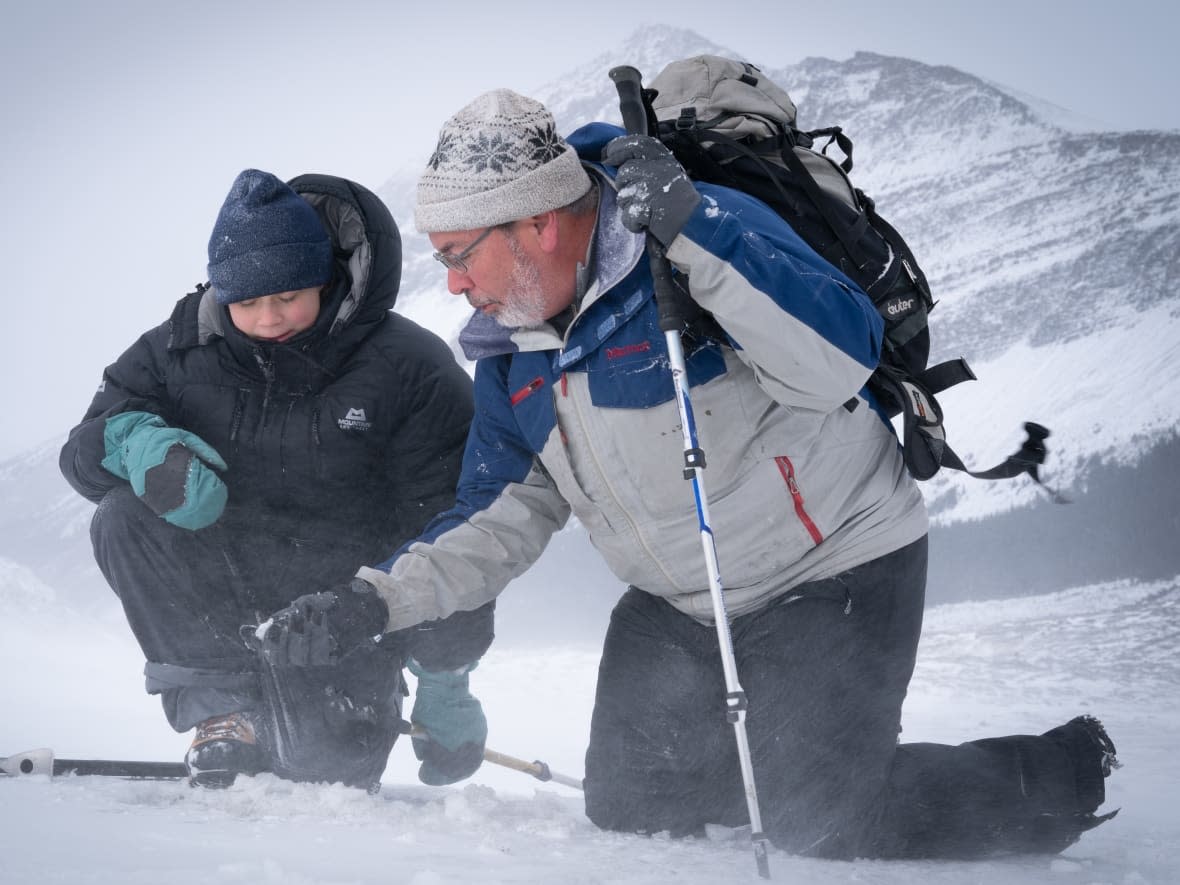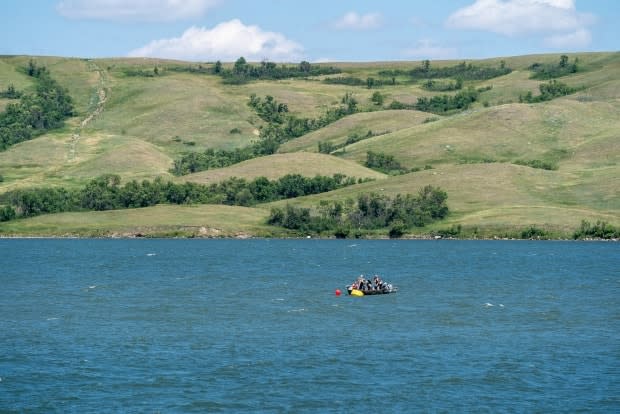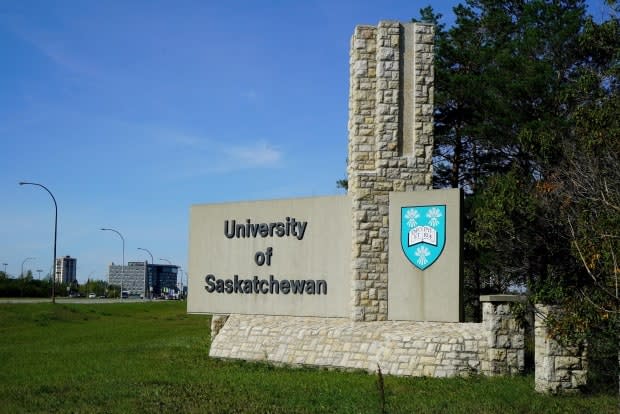Funding for USask-led water monitoring network will help understand, manage floods, drought: director

Four research centres at the University of Saskatchewan are getting nearly $170 million in funding, and the work done at one centre is necessary for understanding and addressing a water crisis in Canada, its director says.
"Water problems we are facing in Canada seems to be getting more severe. Costs of droughts and floods have reached about $40 billion since the turn of the century. It was just one or two billion before that in Canadian history," John Pomeroy, director at Global Water Futures Observatories, said in an interview.
Saskatchewan suffered floods in 2011 and 2014, and droughts from 2001 until as recently as last year.
Pomeroy said the GWFO's research would provide better understanding whether changing patterns of climate and hydrology are "real long-term changes" or are part of the drought and wet cycle.
The GFWO — a network of 76 instrumented basins, rivers, lakes and wetlands, 27 deployable observation systems, and 31 water laboratories — is among six new research centres across Canada being funded through the Canada Foundation for Innovation (CFI)'s Major Science Initiatives (MSI) fund, according to an announcement by Canada's Minister of Innovation, Science and Industry François-Philippe Champagne Friday.
GFWO operates across seven provinces and territories, including the Great Lakes Basin, to provide data concerning flood, drought and water quality issues.
"This funding is crucially important because [it is] at the research centres where our graduate students conduct studies and we test out and develop models where we improve the science," Pomeroy said.
Finding solutions to worsening water crisis
Pomeroy, who is also Canada research chair in water resources and climate change, said he was delighted to learn of the funding as observatories — some he said have a history of being "goldmines for Canadian water science" — are useful in determining the impacts of climate change on water management.
The observations will help in developing solutions to manage and conserve Canada's water supplies and major rivers, Pomeroy noted.
"It will help us look at the long-term supply in Saskatchewan River Basin from the Rockies or the health of lakes such as Buffalo Pound Lake that provides drinking water to Regina and Moose Jaw."

"In Saskatchewan, one of the big things that we're able to look at is the reliability of the flows on the Saskatchewan river system," he said.
Pomeroy said it will be important to assess that reliability as the province plans to embark on a $4-billion irrigation project feeding from Lake Diefenbaker, which is fed by the Rockies.
"What is happening in the Rockies matters in Outlook, Saskatoon, Regina and Moose Jaw," he said.
"We will be dealing with the water crisis in Canada. We're seeing them in the United States, Europe and South Asia. Our water problem will be getting worse too, and we'll have to get on top of them now before they are unmanageable."
Changing hydrology
Pomeroy said this funding means the heritage of Canadian hydrological research basins, observatories that go back to the early 1960s, will continue to be monitored and make new discoveries about the changing hydrology in Canada, from the Arctic down to the Great Lakes.
In Ontario, they are looking at algae booms and contamination in the Great Lakes watershed and in Yukon and the Northwest Territories, research is looking at vegetation change and ecosystem health.
Of the 76 observatories, Pomeroy said a "lion's share are from USask" with some 15 in Saskatchewan, coupled with another cluster in the headwaters of the Saskatchewan river system — not in the province, but directly affecting Saskatchewan.
USask leads the nine-university collaboration involved in GWFO, which works to address what the university said is an impending water crisis in Canada due to climate change, poor water management, the proliferation of toxic contaminants and environmental degradation, according to the release.
GWFO is among four research centres at the University of Saskatchewan receiving the nearly $170 million in funding. Three other existing centres at University of Saskatchewan — Canadian Light Source, Vaccine and Infectious Disease Organization and Super Dual Auroral Radar Network — will have ongoing operating funding.
"The original funding for the Global Water Futures program expires next year and it wasn't renewable, so this funding allows us to keep the observatories going to 2029, and it's potentially renewable then," he said.

Pomeroy said the funding will allow them to employ about 40 technicians and data managers who will help run the program, conduct investigations and assist in the science.
"It will help us develop predictive models that can be used for flood forecasting, drought forecasting, crop growth modelling and precision agriculture techniques."
Of the federal research funding of nearly $170 million, $2.6 million is for SuperDARN Canada, $15.25 million is for Global Water Futures Observatories, $53.9 million is for Vaccine and Infectious Disease Organization and $97 million is for Canadian Light Source.
SuperDARN watches for threats to technologies, such as GPS and electrical grids. It is a network of five radars in Saskatchewan, B.C., the Northwest Territories and Nunavut, and part of a global network of 36 radars in 10 countries to monitor the upper atmosphere.
Baljit Singh, the vice-president of research at the university, said SuperDARN provides crucial data for predicting electromagnetic storms in the Earth's upper atmosphere that could threaten electrical grids and navigation equipment.
"This particular facility allows us to look at what we call the space weather. In the near reaches of the atmosphere, we can look at the turbulence in the atmosphere," Singh said. "That allows us to predict upcoming storms."


